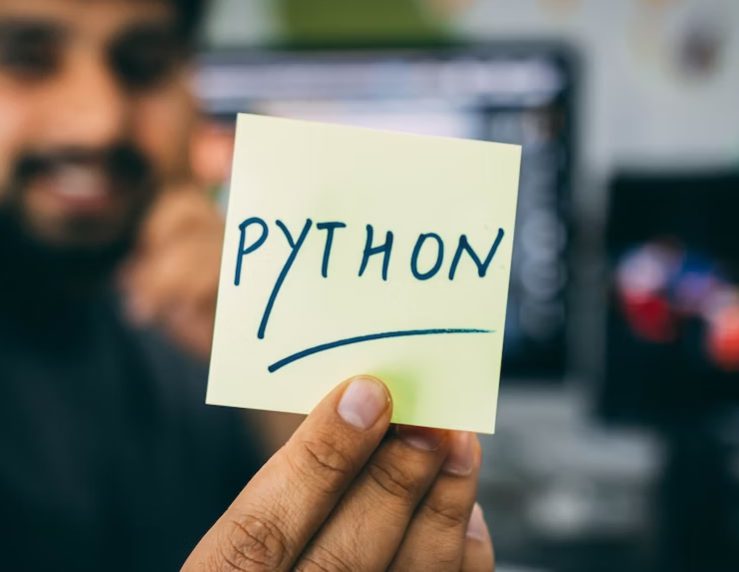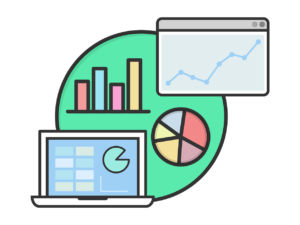Unlocking the Power of Python: A Beginner's Guide to Introduction to Python Programming
- Description
- Curriculum
- Reviews

Python programming has been gaining popularity in recent years due to its user-friendly syntax and versatility. It is a high-level programming language that is commonly used in various fields such as data analysis, web development, artificial intelligence, and many others. With the increasing demand for Python developers in the industry, it is becoming a valuable skill for individuals looking to enter the tech industry.
Python is an interpreted language, which means that it is executed line by line. This makes it easy to write and debug code, making it a popular choice for beginners. Additionally, Python is an open-source language, which means that it is free to use and has a large community of developers constantly improving and adding to the language.
Whether you are a student looking to learn a new programming language or a professional looking to expand your skill set, this article will provide you with a comprehensive guide to Introduction to Python programming.
Why Learn Python?
Before diving into the specifics of Python programming, it is important to understand why Python is a valuable language to learn.
User-friendly syntax: Python’s syntax is designed to be easy to read and write. This makes it accessible for beginners and helps to reduce the learning curve for programming.
Versatility: Python can be used in a variety of fields, including web development, data analysis, artificial intelligence, and more. This versatility makes it a valuable skill for individuals looking to enter the tech industry.
Large community: Python has a large community of developers constantly improving and adding to the language. This means that there is a wealth of resources available for beginners and advanced programmers alike.
-
1Chapter 1: Introduction to Python programming language
-
2Chapter 2: Basic syntax and variables in Python
-
3Chapter 3: Conditional statements and loops in Python
-
4Chapter 4: Functions and modules in Python
-
5Chapter 5: File handling in Python
-
6Chapter 6: Object-Oriented Programming in Python
-
7Chapter 7: Conclusion and Next Steps





